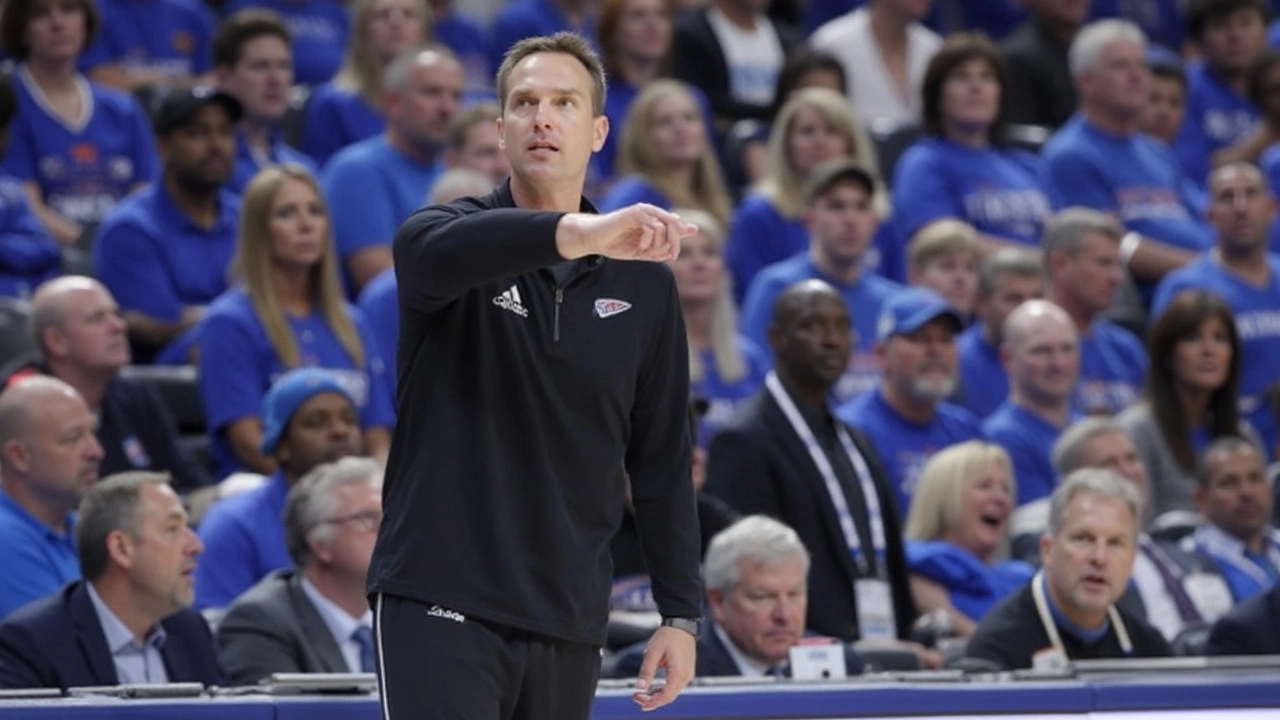Starting Lineup Explained – Your Quick Guide to F1 Grids
Ever wondered why Lando Norris was on pole at Zandvoort or why some drivers start farther back despite fast laps? It all comes down to the starting lineup. In Formula 1 the lineup isn’t random – it’s a result of a few key steps that decide who gets the best spot on the grid.
How the Starting Lineup Is Determined
First, drivers go through qualifying. The session is split into three parts: Q1, Q2 and Q3. In Q1 everyone gets a chance to set a lap, and the slowest five are knocked out. Those five line up at the back of the grid in the order they qualified.
The remaining 15 move to Q2, where another five are eliminated. Their grid positions fill the next slots, again based on their best lap times. The final ten drivers hit Q3. Here, the fastest driver takes pole position, the second fastest starts second, and so on down the line.
Things can shift after qualifying, too. Teams may change engine specs, or a driver could receive a penalty for a track‑limit breach. Those penalties usually push the driver back a few places, reshuffling the starting lineup just before the race.
What to Watch for on Race Day
When the lights go out, the starting lineup tells you a lot about the potential race dynamics. Drivers at the front have a clear view of the first corner and can control the early pace. Those further back often need a good start or a clever overtaking move to get into the mix.
Pay attention to tyre choices as well. Teams sometimes start on a different compound than their rivals, which can give a short‑term advantage or force an early pit stop. A smart tyre strategy can turn a mid‑grid start into a podium finish.
Weather also plays a role. If rain hits after the start, drivers who qualified on wet tyres might gain ground, while those on slicks could struggle. The starting lineup can become a surprise factor when conditions change quickly.
Finally, keep an eye on the drivers’ form. A rookie like Oscar Piastri may qualify well but still be learning racecraft, while a veteran such as Lewis Hamilton knows how to manage the start under pressure. Their experience often shows up in the first few laps.
Understanding the starting lineup helps you read the race from the very first second. It’s not just a list of names – it’s a snapshot of strategy, skill, and a bit of luck. Next time you watch an F1 weekend, check the qualifying results, note any penalties, and think about how those positions could shape the action on track.
With this knowledge, you’ll spot the moments when a driver jumps ahead, when a team’s tyre choice pays off, and why a surprise starter can become the race’s hero. Enjoy the next Grand Prix and let the starting lineup guide your excitement!

OKC Thunder vs. Timberwolves Game 4: Lineup Strategy and Matchup Breakdown Ahead of Game 5
The Thunder stuck to their regular starting five for Game 4 against the Timberwolves, focusing on stability and chemistry. Minnesota leaned on their strong frontcourt and Anthony Edwards’ firepower. With the Thunder ahead 3-1, both teams are making key adjustments for a decisive Game 5 in Oklahoma City.
View more